Reading a Weather Map Worksheet
Are you a science teacher or a homeschooling parent looking for a new activity to engage your students? Introducing the Reading a Weather Map worksheet, a perfect educational tool for teaching students about weather patterns and map-reading skills. This worksheet provides a hands-on approach to learning, allowing students to analyze and interpret different elements of weather maps to make informed predictions.
Table of Images 👆
More Other Worksheets
Kindergarten Worksheet My RoomSpanish Verb Worksheets
Cooking Vocabulary Worksheet
DNA Code Worksheet
Meiosis Worksheet Answer Key
Art Handouts and Worksheets
7 Elements of Art Worksheets
All Amendment Worksheet
Symmetry Art Worksheets
Daily Meal Planning Worksheet
What is a weather map?
A weather map is a visual representation of meteorological data, such as temperature, air pressure, wind speed, and precipitation, that is used to depict current weather conditions and forecast future weather patterns. It provides a comprehensive overview of the atmospheric conditions in a particular region or across larger areas, helping meteorologists to analyze and predict weather changes.
What are the different symbols used on a weather map?
Some common symbols used on a weather map include high and low-pressure systems, cold and warm fronts, stationary fronts, occluded fronts, wind direction arrows, isobars (lines of constant pressure), and symbols for different types of precipitation such as rain, snow, and thunderstorms. These symbols help meteorologists analyze and interpret weather patterns and make forecasts.
How is temperature represented on a weather map?
Temperature on a weather map is typically represented using color contours or shading. Warmer temperatures are indicated with red or orange hues, while cooler temperatures are shown with blue or green hues. Each color corresponds to a specific temperature range, allowing viewers to quickly interpret the temperature patterns across a geographic area. Additionally, numerical values may also be provided at specific locations on the map to give more precise information about the temperatures in that region.
How is air pressure indicated on a weather map?
Air pressure on a weather map is indicated using isobars, which are lines that connect points of equal atmospheric pressure. The spacing of isobars indicates the pressure gradient, with tightly spaced isobars representing a steep pressure gradient and potentially strong winds, while widely spaced isobars indicate a weaker pressure gradient and calmer conditions. High pressure systems are typically associated with clear weather, while low pressure systems are linked to cloudy and stormy conditions.
What does a solid line with triangles or half-circles represent on a weather map?
A solid line with triangles or half-circles on a weather map represents a cold front, which is a transition zone where a cold air mass is replacing a warmer air mass. Cold fronts are associated with potentially severe weather such as thunderstorms, heavy rain, and temperature changes.
What does a solid line with semicircles or snowflakes represent?
A solid line with semicircles or snowflakes typically represents precipitation on a weather map. Semicircles indicate rain, while snowflakes represent snow. These symbols are commonly used to show the type of precipitation occurring in a specific area.
How are wind speed and direction shown on a weather map?
Wind speed and direction are typically represented on a weather map using wind barbs. Wind barbs are symbols that show both the speed and direction of wind, with the direction indicated by the direction the barb points and the speed represented by the number of barbs or half barbs on the line. The barbs are oriented in the direction from which the wind is blowing, and the length and thickness of the barbs convey the wind speed.
What does a blue line with triangular points indicate on a weather map?
A blue line with triangular points on a weather map usually represents a cold front, which is a boundary where a cold air mass is replacing a warmer air mass. Cold fronts are typically associated with weather changes such as thunderstorms, heavy rain, and a drop in temperature.
What does a red line with half-circular points represent?
A red line with half-circular points usually represents a prohibited or restricted area where entry is not allowed or certain actions are not permitted.
How can you use a weather map to predict upcoming weather conditions?
By analyzing a weather map, meteorologists can assess various weather patterns such as air pressure systems, winds, and precipitation distribution. By tracking the movement and interactions of these features, they can make predictions about upcoming weather conditions. For example, a low-pressure system could indicate the likelihood of rain or storms, while a high-pressure system might bring clear skies. By monitoring these patterns on the weather map, forecasters can make informed predictions about temperature changes, precipitation, cloud cover, and wind direction in a specific region.
Have something to share?
Who is Worksheeto?
At Worksheeto, we are committed to delivering an extensive and varied portfolio of superior quality worksheets, designed to address the educational demands of students, educators, and parents.

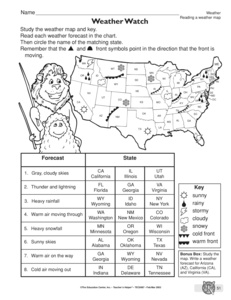



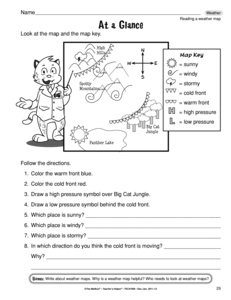
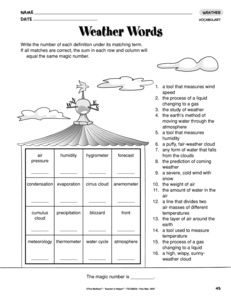
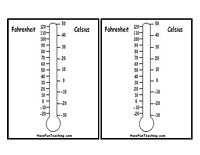
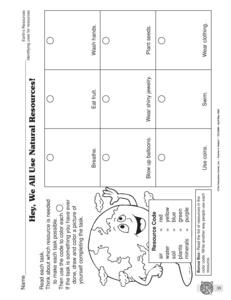
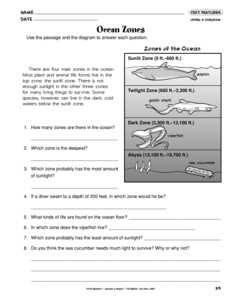
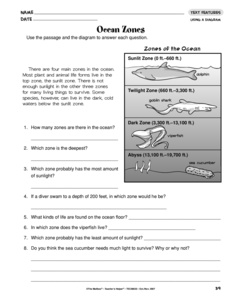

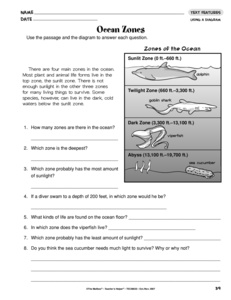
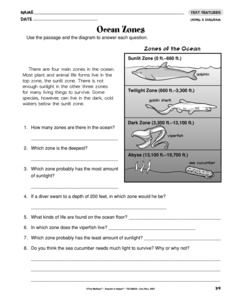
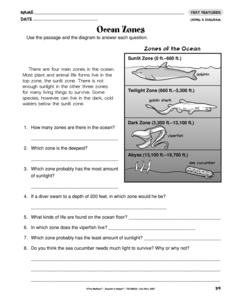
















Comments